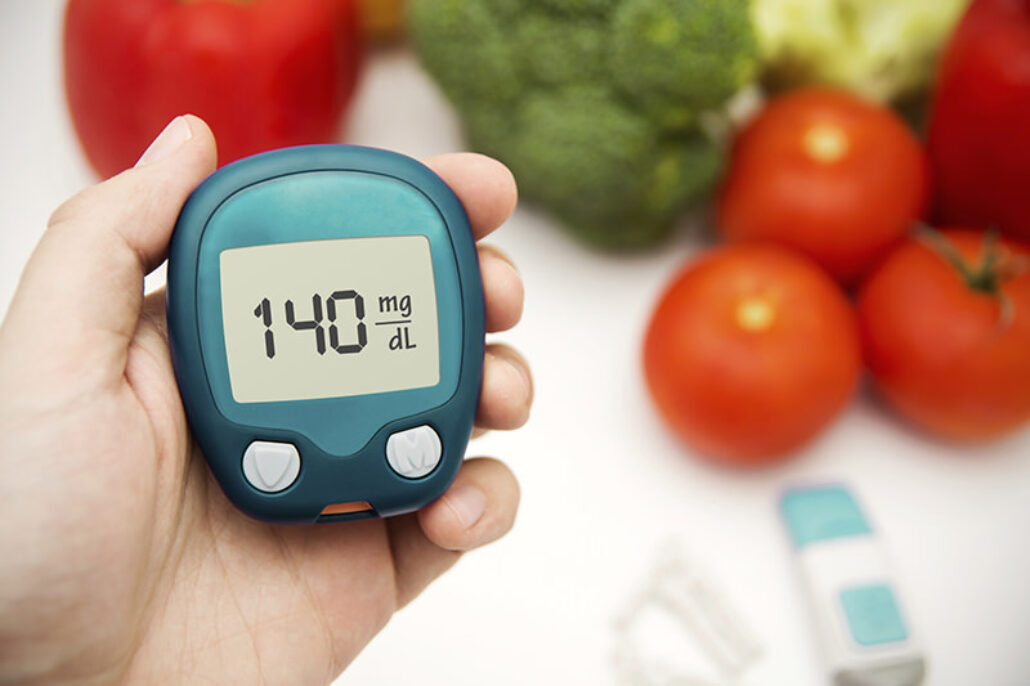Only Type 1 diabetes is linked to low bone density, but recent research indicates that people with Type 2 diabetes may be at higher risk for fractures.
More than 25 million people have one of the two types of diabetes. Generally, this disorder is characterized by abnormally high levels of blood sugar, or glucose, in the body. Diabetes causes a number of health problems, and can also affect bone health. We’ve got the basics you need to know about diabetes and your bones, and some suggestions to help protect your bone health.
In Type 1 diabetes, the body produces little or no insulin. For the five to ten percent of people with Type 1 diabetes, low bone density can be a symptom of the disease. The majority of diabetics with Type 2 diabetes have relatively normal bone density, but they still suffer more fractures compared to people without diabetes.
Research done at the Department of Orthopaedic Surgery at Johns Hopkins University School of Medicine suggests a connection between bone formation, insulin production, and metabolism that impedes bone development in people with diabetes. Additional research was able to use several new techniques to capture a more complete picture of the bone and measure bone strength in patients with Type 2 diabetes. Researchers found that these patients had up to a 10.5 percent decrease in bone material strength compared to nondiabetics. In short, bone fragility and decreased bone strength are real risks for people with Type 2 diabetes.
If you have Type 2 diabetes, there are preventative measures that you and your doctor can take to monitor and mitigate bone loss:
- Commit to a weight-bearing exercise program that forces you to work against gravity. Walking, stair climbing, and dancing will all help prevent bone loss. Exercise can also enhance your balance, to minimize the risk of a fall.
Work toward a healthy weight. Excess weight contributes to diabetes. By eating sensibly and making regular exercise part of your routine, you can have an impact on diabetes and support healthier bones.
- Embrace a diet rich in calcium and vitamin D. Under your physician’s supervision, vitamin D and calcium supplements may further help you to prevent fractures.
- Maintain a healthy lifestyle. Smoking and heavy drinking contribute to bone loss. Avoiding these habits can also help you to manage your diabetes.
- Talk with your doctor about getting a bone density test to detect osteoporosis and evaluate fracture risk.
Practicing preventative wellness habits benefits everyone. For people with diabetes, following these steps can be particularly beneficial in protecting bones, and may also help address the underlying diabetic disorder.
